What is the secret to a long life? “Choose a good husband, be good to your family and be kind,” says Kay Shropshire, a resident at The Salvation Army William Booth Special Care Home (WBSCH) in Regina who celebrated her 100th birthday last May.
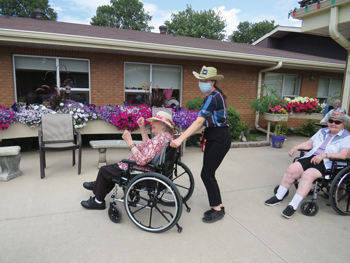 An outdoor wheelchair dance takes advantage of a warm day
An outdoor wheelchair dance takes advantage of a warm day
“Sadly, long-term care has been neglected in health care right across Canada,” says Ivy Scobie, executive director at WBSCH. “COVID-19 has raised the profile. Finally, people are saying, ‘What’s happening with these vulnerable people? Who’s caring for them? What can we do better?’ ”
Eight out of 10 COVID-19 related deaths in Canada occurred in long-term care homes. The average long-term care home has approximately 25 admissions a year, whereas WBSCH has 500, which means that the residents’ health and well-being is being emphasized now more than ever.
“The influx of new residents means we’re more susceptible to viruses in the community,” explains Scobie. Fortunately, WBSCH has managed to keep the virus out with an emphasis on education. Since the beginning of the pandemic, front-line managers meet weekly with staff to teach them about the proper use of personal protective equipment (PPE) and keep the lines of communication open to make sure safety measures are being followed. Staff are trained to keep the virus out and replace fear with hope.
“We wanted their families to know that we’re trying to make life at William Booth as normal as possible.”
A common misconception is that all long-term care facilities are full of the virus, making them a dangerous place to work. However, the danger comes not from the facility, but from the surrounding community. That’s why WBSCH educates the staff regularly about ensuring the virus is checked at the facility’s doors. “You’re in the safest place working in our long-term care facility, because our safety protocols are of the highest standard,” says Scobie.
In 2020, WBSCH became the test site for the rapid COVID-19 pilot project, also known as point-of-care testing. With this method, COVID-19 test results are available in just 15 minutes, compared to the standard test which takes three days. Rapid testing replaced the symptom management approach, where caretakers ask residents a series of routine questions to evaluate their health. At the time of the writing of this article, these health measures had successfully kept WBSCH virus-free.
In addition to safety protocols and innovative programming, what makes WBSCH different from other long-term care facilities is its extra attention on creating an environment that promotes the psycho-social well-being of the residents. For example, Shropshire’s special day included virtual celebration visits with her family, bouquets of flowers, a birthday cake made by the kitchen staff, and a parade through the halls of the home as other residents cheered her on. She even proudly sported a corsage, provided by the WBSCH.
It’s these special touches that make residents at WBSCH truly feel at home.
Staying Connected
WBSCH is more than your typical long-term care home, offering five unique programs:
• The adult day and evening support program allows individuals to postpone their move into a long-term care facility by enhancing the quality of life at home. With an expansive reach, serving more than 100 community members, daytime and evening programs are centred around recreation, socialization and personal care.
• The respite program ensures continuity between long-term care facilities and in-home care. It provides a temporary caregiver to relieve a permanent one who is helping a member in the community, giving them time away from their duties to relax and rejuvenate.
• The convalescent program provides post-operative recovery care for members of the community who require additional time to recuperate from surgery or an injury. Prior to this offering, individuals would have had to remain in the acute care setting. Now, staff provide physiotherapy and other care to help individuals transition back to their own home in the community.
• The hospice care unit at WBSCH provides 24-hour end-of-life care for residents. Opened in 2005, it was the first of its kind in Saskatchewan. For the last two months of a resident’s life, the program focuses on pain control and end-of-life care, both for the resident and their family. One survey response from a daughter regarding the passing of her mother in the hospice care unit at WBSCH said, “If it is possible to make a death perfect, that is what you granted for our family.”
While WBSCH has many initiatives to promote the physical well-being of its residents, it is for the recreational programs that the facility is most well-known. When the COVID-19 pandemic first hit, the well-maintained outdoor park area was used in the warmer months for socially-distanced wheelchair dances. It was also a place for family members to sit while they called their loved ones inside, from the other side of the window. Inside the facility, hallway bingo and a treat cart to distribute sweets were also hits with the residents. “The residents light up because of the extra care and attention we’re putting into the social interactions while maintaining the public health directives,” Scobie explains.
Staying Connected
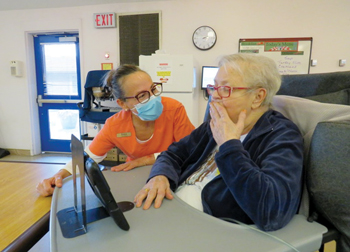 Virtual visits help keep residents connected to their families during the COVID-19 pandemic
Virtual visits help keep residents connected to their families during the COVID-19 pandemic
For one resident, this meant seeing her son who lives in Texas more frequently. Typically, he would only be able to make the trip once a year, but now he’s been able to connect regularly with his mother via the new tablets. “He’s booked in to visit her every week,” says Scobie. One foundational program at WBSCH is the daily morning chapel service. Before COVID-19, residents would also gather after chapel to attend the “sit and be fit” program, where they would do wheelchair exercises to music. For the residents’ protection, chapel and exercises are now being held in the hallways of the facility, where individuals join from the doorway of their own rooms.
Planting Seeds
This past Christmas, a man visited WBSCH with a basket of individually wrapped presents for the staff. He said his mother had been in the hospice there, and it had left a mark on his heart. When the pandemic struck, he thought about The Salvation Army and wanted to give back. Scobie looked up his mother’s name and realized that she had been a resident 12 years before, when the man would have just been a boy. “You plant a seed, and you don’t know when it’s going to come back,” she says.
During Christmastime, staff at WBSCH did all they could to help the residents feel the spirit of the season and stay connected with their families. “We wanted their families to know that we’re trying to make life at William Booth as normal as possible,” says Scobie. So, they mailed out a Christmas bulletin to the families, which included menus for Christmas Eve, Christmas Day and New Year’s Day. On the pamphlet was the outline of a traditional holiday meal of slow-roasted turkey, vegetables and cranberry sauce. They also distributed an abundance of Christmas cards, letters and pictures from students who wrote to the residents.
What makes WBSCH one of the top long-term care facilities in the province is its great work keeping residents happy and healthy during COVID-19, by being attentive to their physical, spiritual and emotional needs. “If you walk through our halls, you will notice that the residents are always smiling—they expect you to say hello,” Scobie explains. “Even if they can’t look up from their wheelchair, a staff member will stoop down to say hello.”
When one family began to worry about their mother during the visiting restrictions, a staff member passed along their concerns. Her reply was, “Tell them I am fine in here. I don’t know what they’re worrying about!”
Get in Touch
How can you reach out to seniors in isolation during the COVID-19 pandemic?
• Provide personal protective equipment. Drop off some masks, gloves, a face shield, hand sanitizer or other PPE that might help them stay safe.
• Hold an over-the-phone or Zoom Bible study. Read a portion of Scripture and a daily devotional with them.
• Call a senior daily, just to say hello. It will give a person in isolation something to look forward to when you say, “Talk to you tomorrow!”
• Write a letter to a senior in a long-term care home. Call the home and ask them for the name of a specific resident who is feeling lonely or write a generalized letter that the staff can hand out.
This story is from:




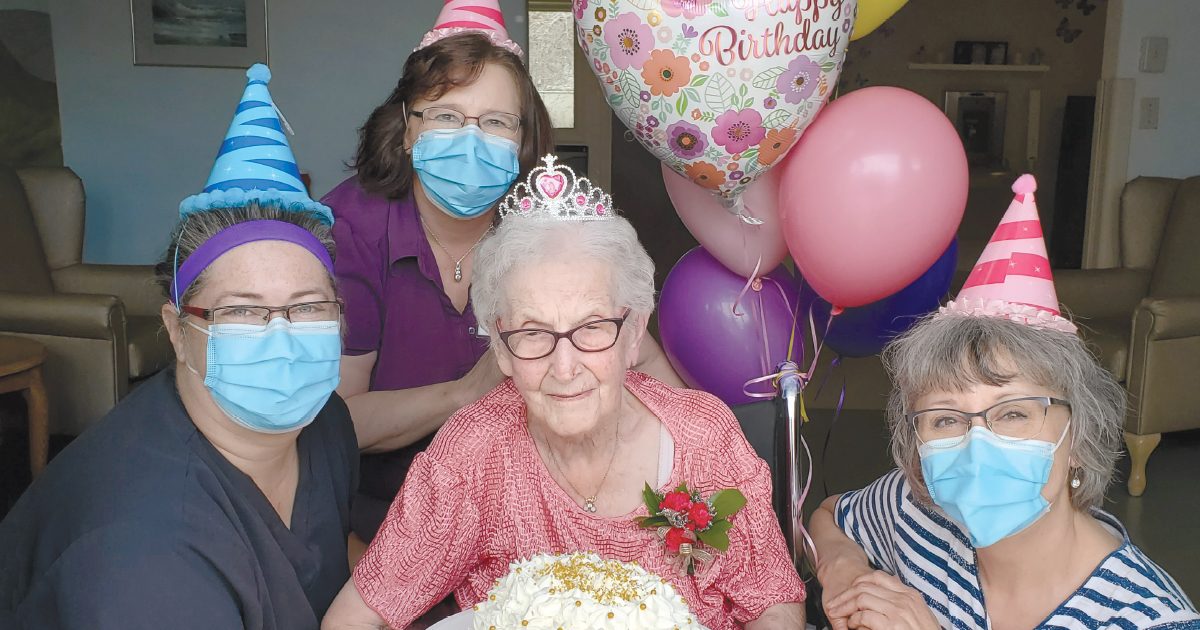
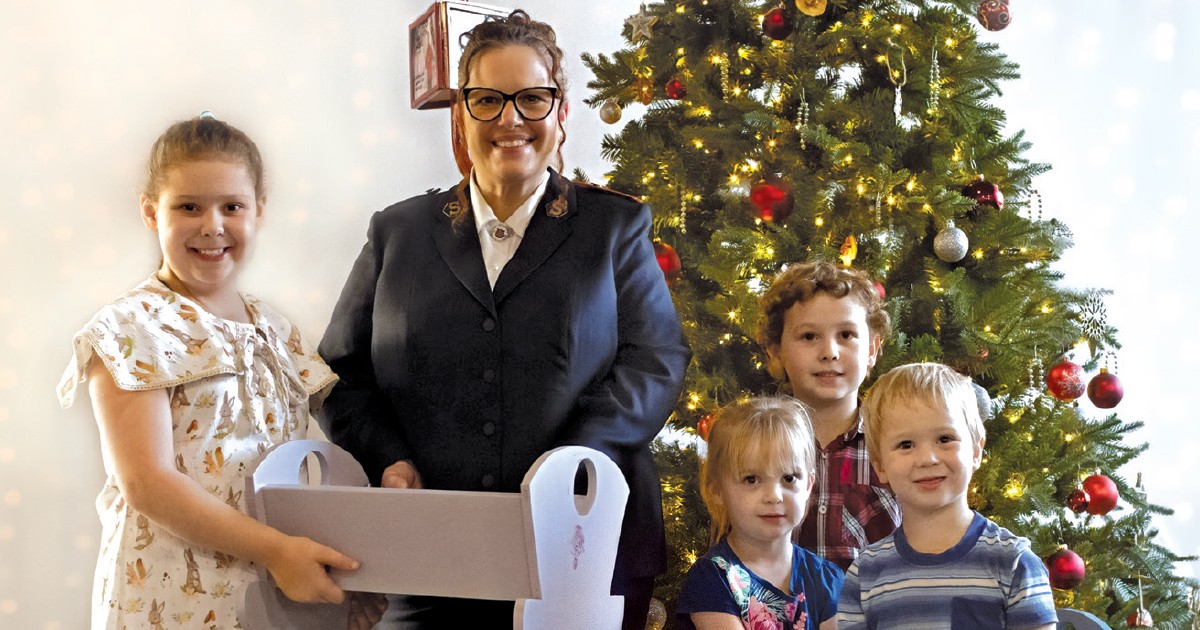
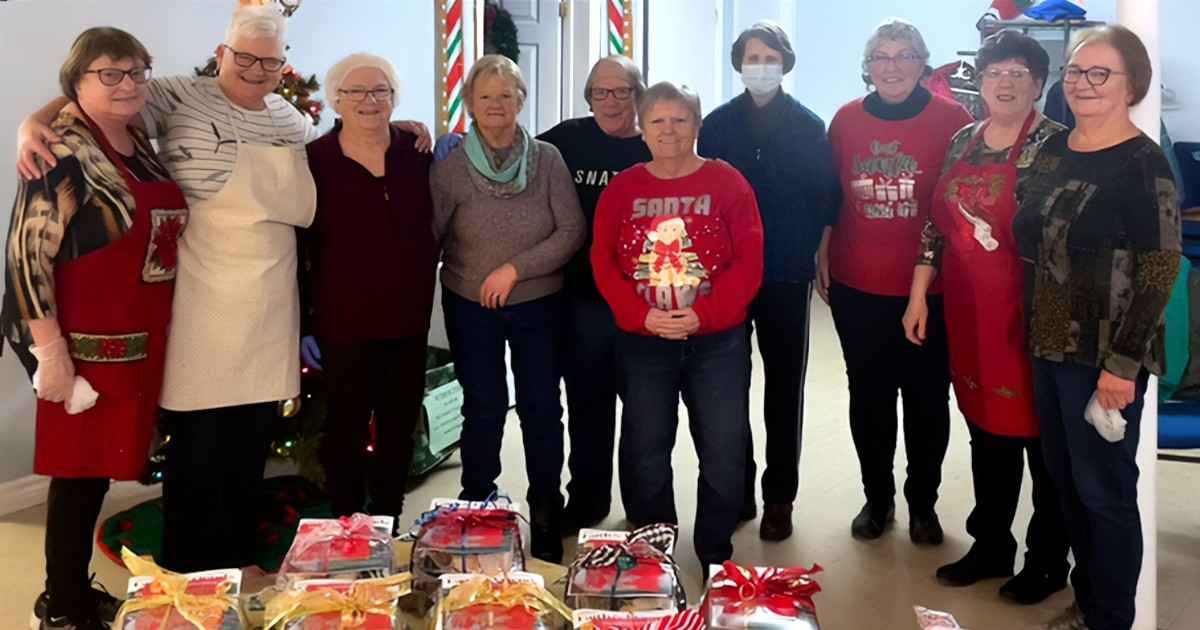



Leave a Comment